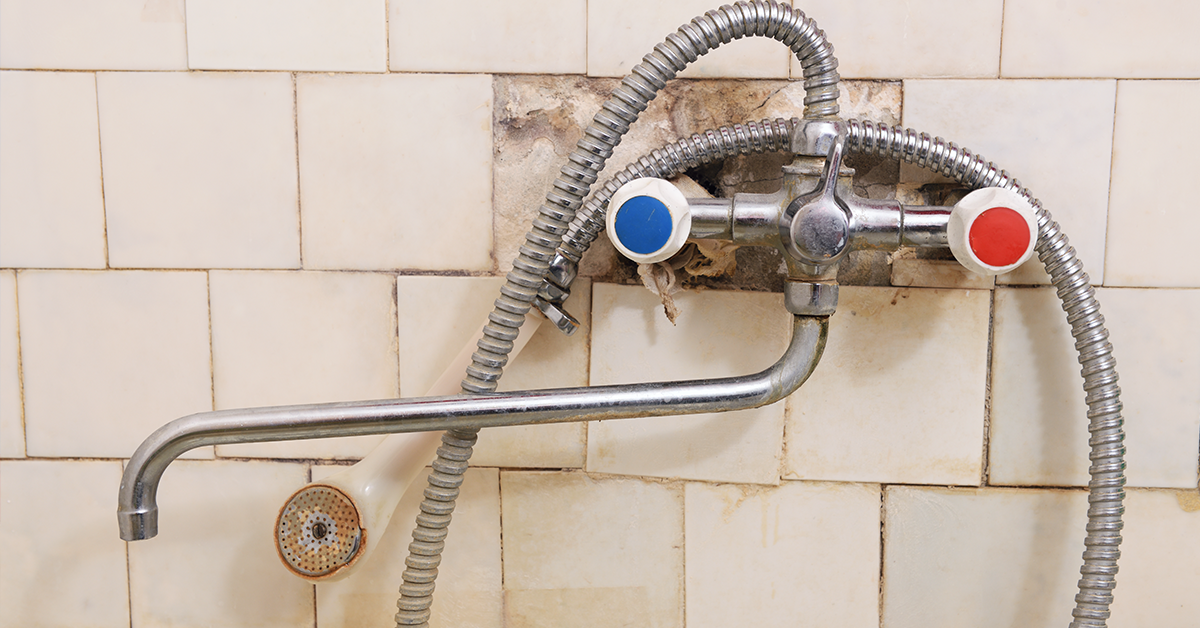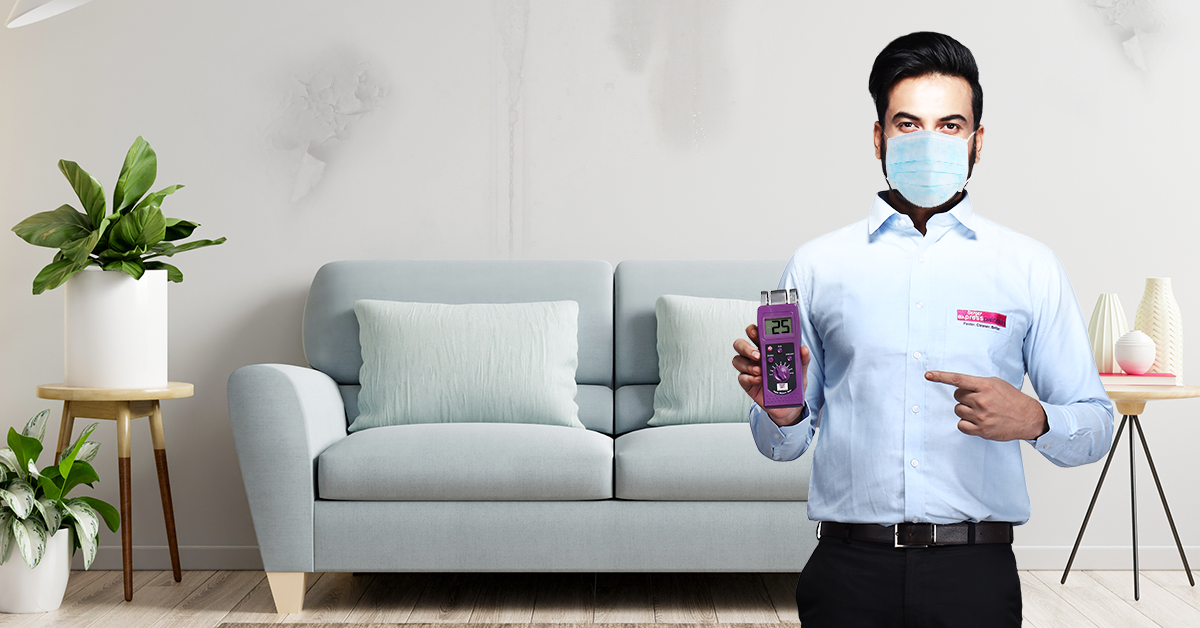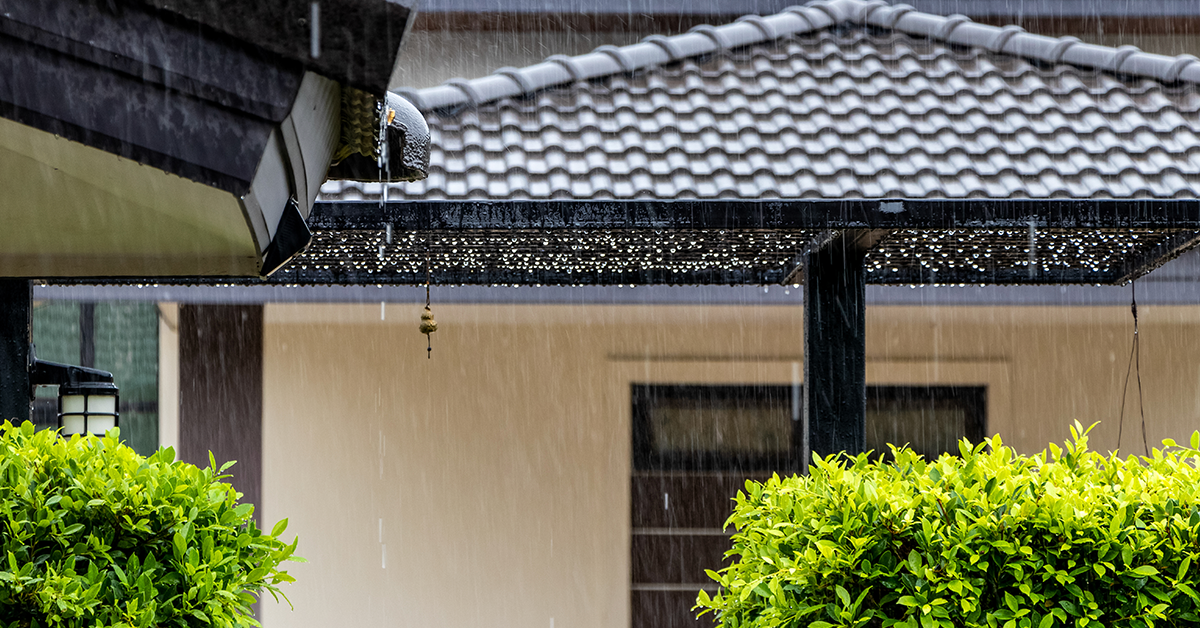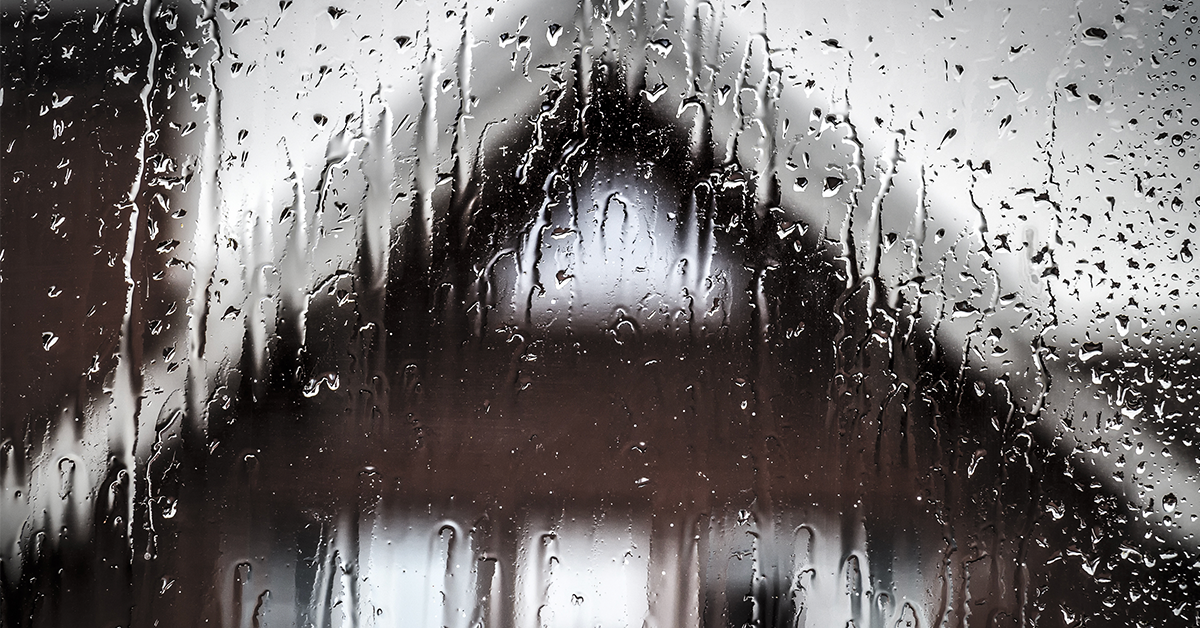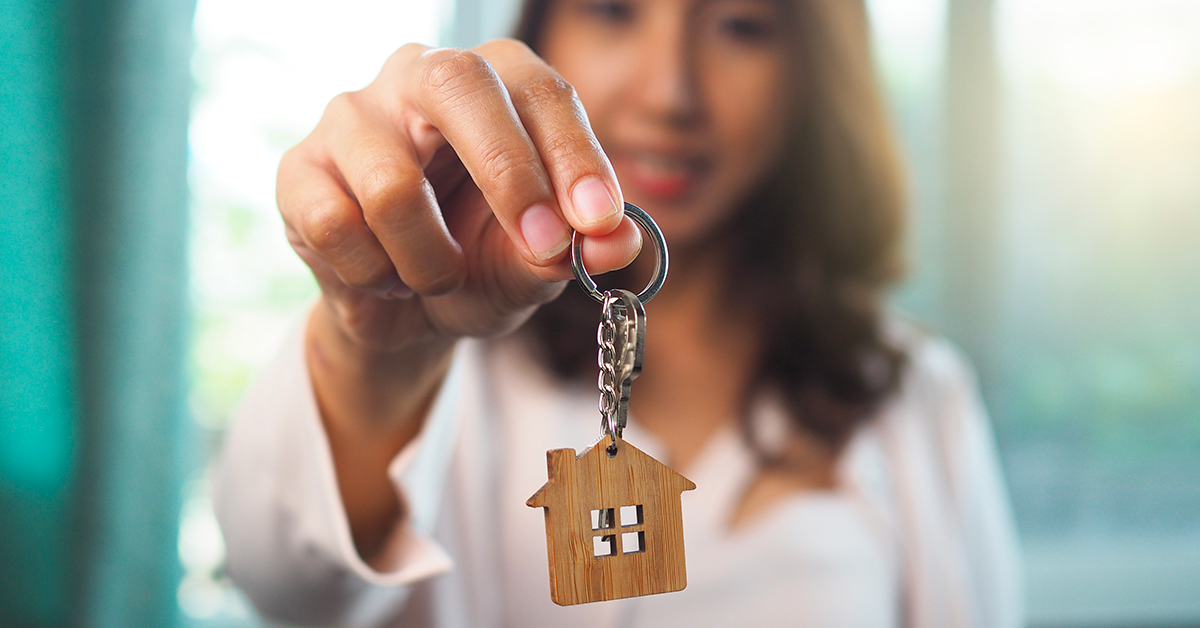Other than burning down, a foundation problem is probably the worst thing that can happen to your house. The foundation is the feet of your house, keeping the building where it was built.
The majority of foundation-related problems are caused by water. Wet soil surrounding a foundation can swell or lose strength. That will later cause the problem of wet, damp basements and may damage the wirings. This dampness breeds mould and make the basement inappropriate for living or storing. So there are plenty of reasons for waterproofing the basement.
What is Foundation Waterproofing?

The problem is that typical concrete is not waterproof. If uncracked (that’s not reality), it will typically keep out liquid water, but water vapour can penetrate quite easily. We should remember that since this will mostly be underground when the building is complete. So doing it right (watertight, strong, flexible, tear-resistant, reliable, and elastic) the first time is critical. Even coming back to fix it is an expensive undertaking. That’s why we need foundation waterproofing. An ideal one should be to Keep water drained away from concrete foundations and prevent it from moving through the concrete.
Different Types Of Foundation Waterproofing.
Interior sealants:
Using interior sealants to waterproof your basement keeps moisture from being absorbed by the basement walls and floors and can restrict moisture from spilling to other parts of the house. Cracks in poured concrete foundations and pipe penetrations are the most common entry points for seepage. These openings can be sealed with Epoxies, which are strong adhesives, or urethanes can be pressure injected into the openings. These interior sealers are good for preventing high atmospheric humidity inside the basement from absorbing into the brickwork and causing spalling. Interior sealants keep the atmospheric humidity level in the basement low.
Exterior basement waterproofing:
The exterior basement waterproofing method is designed to keep water from causing any major structural damage to the building. In this method, polymers and membranes are used to coat the exterior basement walls. Polymer-based products generally last for the lifetime of the building and are not affected by soil pH. Polymer-based waterproofing materials can be sprayed directly onto a wall, are very fast curing, and are semi-flexible, allowing some movement of the substrate to fill the cracks.
Interior water drainage:
A drainage system can help avoid water buildup under your basement, moving the water from the footers of the house foundation and out below the basement floor. A common system for draining water that has penetrated a basement involves a channel around the perimeter of the basement alongside the foundation footers. A French drain, PVC pipe, or a patented drainage system is installed in the newly-made channel and is covered with new cement.
Foundation crack injections:
Foundation crack injections are applied when poured concrete foundations crack, either from a settlement or the expansion and contraction of the concrete. Epoxy crack injections are used for structural purposes, while hydrophobic or hydrophilic polyurethane injections seal cracks to prevent moisture or water penetration.
Injection sealing of the crack cavity will address the problem and can be easily done from the inside. This method involves drilling holes every 6 – 8″ intervals along the crack. Then set perpendicular to the run of the crack and angled at 45° so that the drilled hole crosses the crack at the approximate centre of the treated wall, thus ensuring the most effective distribution of sealant.
Interior basement waterproofing:
Interior basement waterproofing using coatings is useful where condensation is the main source of wetness. It is also effective if the problem has minor dampness. Applying a backwater valve is one of the most effective measures to save your basement. Installing a drainage system is the most complex yet effective interior waterproofing solution.
Different approaches and materials can be used. One proper solution is a French drain with a sump pump installation, rubber walls, water weeping tiles, and a drainage membrane. That system allows water to escape without damaging the walls.
Benefits of Foundation Waterproofing
While most house renovations are done on the house’s exterior, the importance of a healthy interior has already been discussed above.
- Cancels health concerns: Waterproofing the basement eliminates many health risks associated with leaks, seepage, and water damage preventing dampness in the basement. Mould may grow in less than 48 hours, which can cause various health issues, including allergies, fever, headaches, asthma, and coughing. Basement waterproofing makes your home disease-free.
- Increase in your house value:A pre-waterproofed basement increases the home’s price and value. When looking for a new home with a basement, most buyers prefer the basement to be waterproofed. It also raises the home’s resale value; however, properties are typically sold at a much lower price if waterproofing isn’t usually done inside the basement.
- Strengthen the foundation of your house:A waterproofed basement saves the foundation of the house from water damage. Which overall increases the life of the house.
- Use your basement better.Since there will be less chances of water damage in the basement, you can freely store goods in the basement without worrying about fungus.
Methods of Foundation Waterproofing
- Moisture metre measurements:
Berger Homeshield Moisture Metre is a specially designed device that helps you measure the moisture content in the wall by placing its pin on your basement walls or ceiling. It never fails to detect trapped moisture in concrete floors, walls and ceilings, which in this case could be due to rainwater or underground seepage. Moisture Metres’ accuracy will help you evaluate the damage caused by dampness so that you can take appropriate steps to waterproof the foundation.
- Wall waterproofing and wall treatment:
To fill the cracks that cause water leakage, Wall Shield 2K is applied. Its acrylic polymer modified white cement-based waterproofing coating, consisting of water-insoluble crystalline micro-structures, imparts water tightness within the spaces of a cementitious matrix of the wall. Thus preventing moisture from passing through the gaps and ensuring good bonding properties.
- Priming foundation walls:
The waterproofing materials used for the roof and insulated wall insulation will not be the same. This is because these surfaces are exposed differently from the water. Waterproofing in some houses on the walls with the right materials moisture problems may be experienced.
Moisture insulation is another aspect of wall waterproofing. The masonry walls are constructed with a moisture-resistant rod to prevent moisture from rising. The foundation’s concrete is rendered damp or waterproof by a liquid coating basement waterproofing membrane.
In this way, there are no moisture problems. You are applying Latex Shield 2k for plasterwork to give your foundation strong support. It is used for interior, and exterior waterproofing and damp-proofing of old or new concrete, brickwork, terrace, block work, bathrooms, internal wet areas, swimming pools, water tanks, underground basement construction, and rain lashed masonry walls.
- Waterproofing the basement:
Basements are the most common problem areas since they tend to accumulate standing wetness of the soil, leading to mould and mildew growth. Apart from the bathroom, water tanks and other areas prone to dampness, the basement also needs special treatment.
For instance, Berger Homeshield Dampstop is specially designed to ensure a long-lasting and flexible waterproof coating. Made of a high-performance polymer, it also contains special additives that work via Crystallin technology and offers the highest protection level.
Safety To Keep While Foundation Waterproofing
It’s usually not a good idea to do waterproofing alone without any help from experts. Make sure to take the following measurements.
- Flammable materials: Many waterproofing products are highly flammable. Keep fire, smoking materials, welding operations, cutting torches, and other ignition sources away from the area.
- Respiration hazard: always use the manufacturer-recommended respirator, especially with solvent-based materials.
- Skin injuries: Waterproofing materials contain chemicals that can harm your skin. As needed, wear protective clothing and gloves.
- Injection hazard: take precautions when working around spray equipment. A high-pressure airless sprayer can inject toxic chemicals directly into your bloodstream!
- Eye injury: Wear protective glasses or goggles, especially when working with liquids.
How to select the best Foundation Waterproofing according to your needs
Whether it’s an office or a multi-storey building, everything can be damaged by water without proper waterproofing of the foundation. In your home, if the basement is affected by dampness, it will cause several illnesses in your family. In the case of buildings, the dampness will damage the foundation. So if there’s an earthquake or flood, those residents risk their lives. A house without a waterproofed basement has a lower selling value. If you are an owner, you may face complaints about the unhealthy interior of the apartments.
Bottomline
Typically, extensive waterproofing measures are applied during construction. This ensures that moisture is controlled at the initial stage. Waterproofing can also be done after a building has been built to solve problems as they arise. But this is a far more expensive process, and the foundation will have been damaged until you figure out the problem. So we can say prevention is better than cure, and foundation waterproofing is important for the building.
Get The Best Waterproofing Solution with Berger Paints
Try these products from Berger, and give a raincoat to your loving home.
- PU RoofKote is an eco-friendly, UV-resistant liquid waterproofing compound. It is exclusive for waterproofing roofs and exterior walls.
- Latex Shield 2k, high-performance waterproof coating for water retaining structures. On curing, it forms an excellent waterproof and protective elastomeric layer over the surface and thus prevents water infiltration.
- Dampshield Elasto is a PU-modified elastomeric liquid applied membrane applied as an exterior barrier coat for extended durability of Paint.


 Get in Touch
Get in Touch